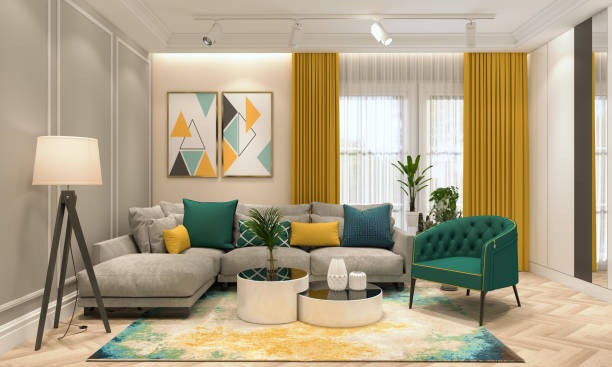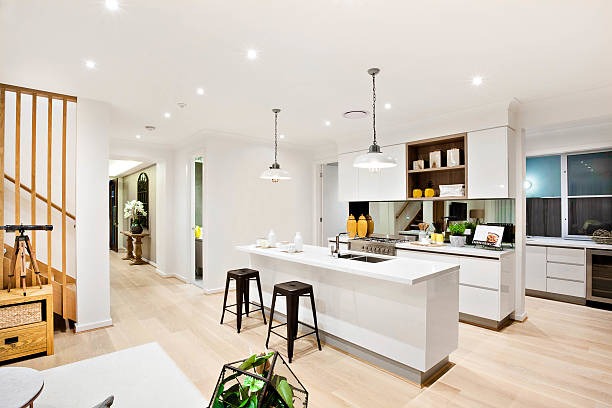Interior design is an ever-evolving field that draws inspiration from various sources, cultures, and historical periods. As a designer, understanding different interior design styles is crucial for creating spaces that reflect your client’s preferences and needs. In this blog, we’ll explore ten interior design styles that every designer should know to excel in this creative industry.

Minimalist
Less is more in minimalist design. Clean lines, a neutral color palette, and the principle of “less clutter” are key.
Emphasizes simplicity, functionality, and the use of space.
Scandinavian
Originating from Nordic countries, this style is known for its warmth and coziness.
Features light wood, soft textiles, and a harmonious blend of form and function.
Industrial:
Inspired by factories and warehouses, industrial design embraces raw materials like exposed brick, steel, and concrete.
Incorporates a rugged, urban aesthetic with open spaces and utilitarian furniture.
Bohemian (Boho)
Bohemian design is all about self-expression and vibrant colors.
Mixes patterns, textures, and cultural elements, creating a relaxed and eclectic atmosphere.
Mid-Century Modern:
A style that emerged in the mid-20th century, it’s characterized by clean lines, organic shapes, and a focus on functionality.
Iconic furniture pieces like Eames chairs are staples of this style.
Traditional:
Timeless and elegant, traditional design features classic furniture, rich colors, and intricate details.
It often incorporates antiques and formal arrangements.
Transitional
A blend of traditional and contemporary styles, transitional design seeks a balanced, harmonious look.
Features neutral color palettes, comfortable furniture, and subtle, timeless accents.
Rustic:
Rustic design draws from nature, featuring natural materials like wood and stone.
It evokes a cozy, cabin-like feel with warm colors and handmade furnishings.
Contemporary:
Contemporary design reflects the current trends and is ever-evolving.
Emphasizes simplicity, clean lines, and a focus on open spaces and natural light.
Art Deco:
Originating in the 1920s, Art Deco is glamorous and luxurious.
Characterized by bold geometric patterns, rich colors, and ornate details in furniture and decor.
Conclusion
Each of these interior design styles offers a unique aesthetic and atmosphere. As a designer, it’s essential to be well-versed in these styles to cater to diverse client preferences and create spaces that are both functional and visually appealing.
Remember, while these styles provide a framework, you have the creative freedom to blend elements from different styles to create a space that feels unique and tailored to your client’s personality and lifestyle. Whether you’re drawn to the simplicity of minimalism or the opulence of Art Deco, mastering these styles will help you become a versatile and in-demand interior designer in today’s dynamic design landscape.


